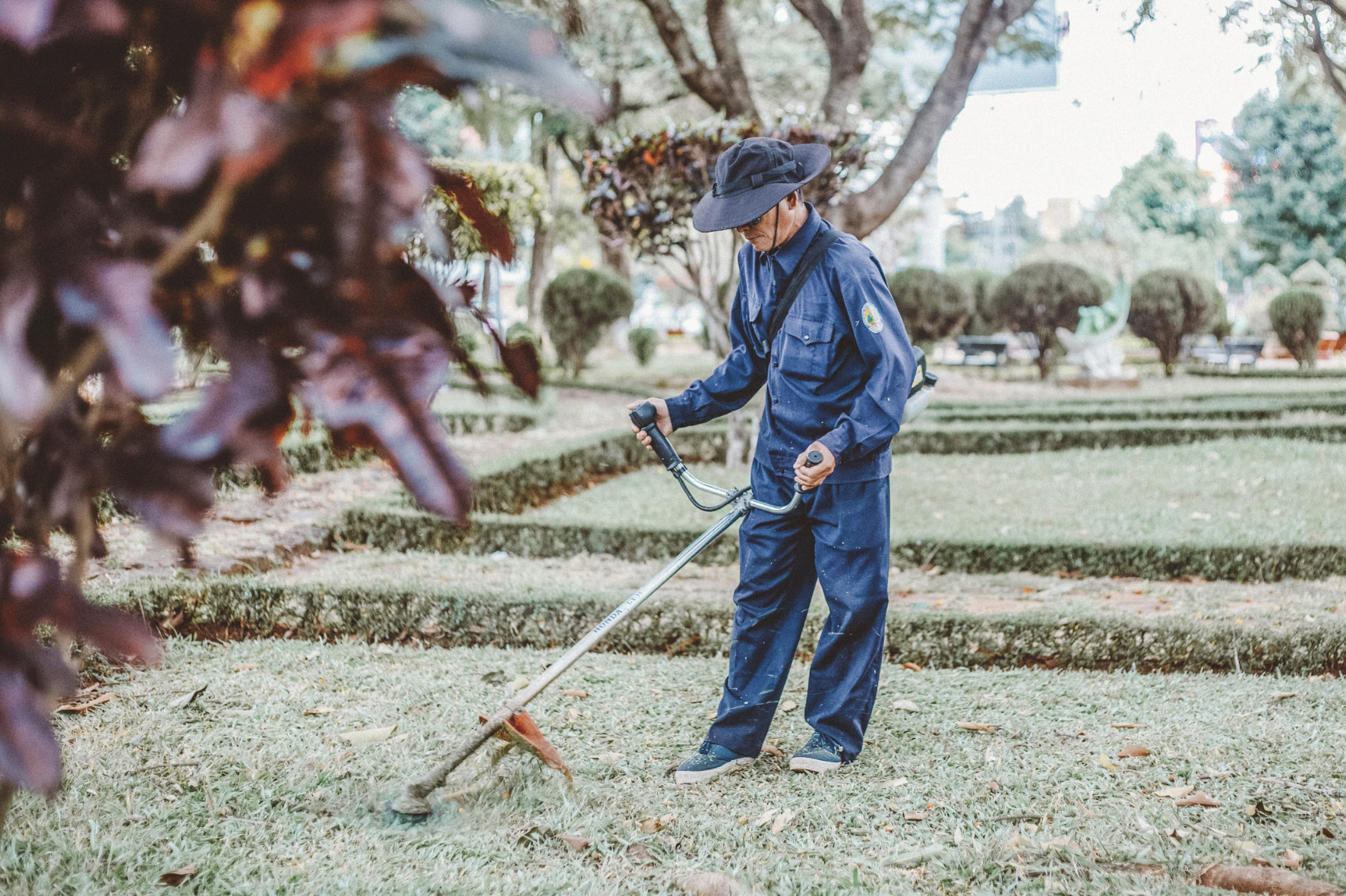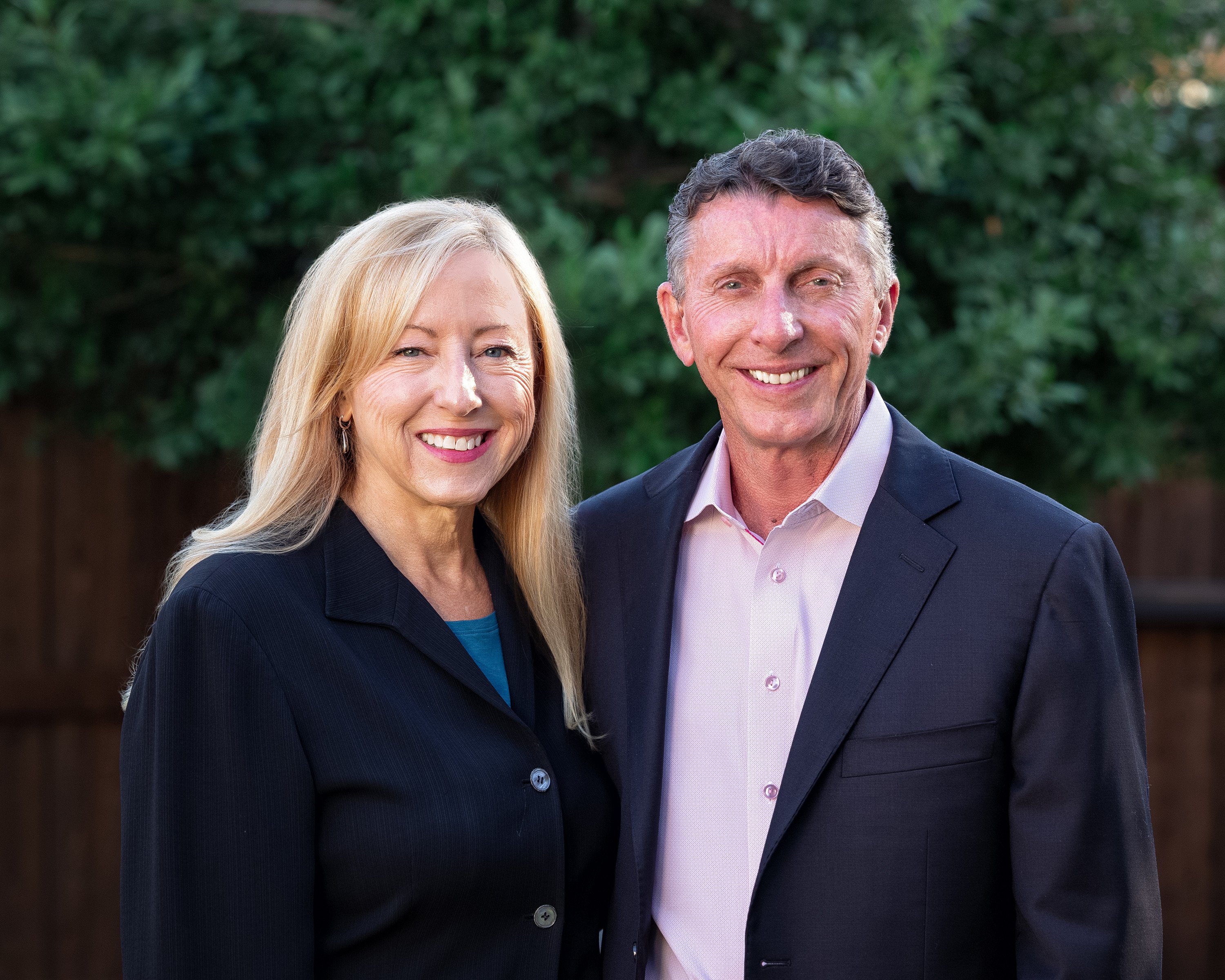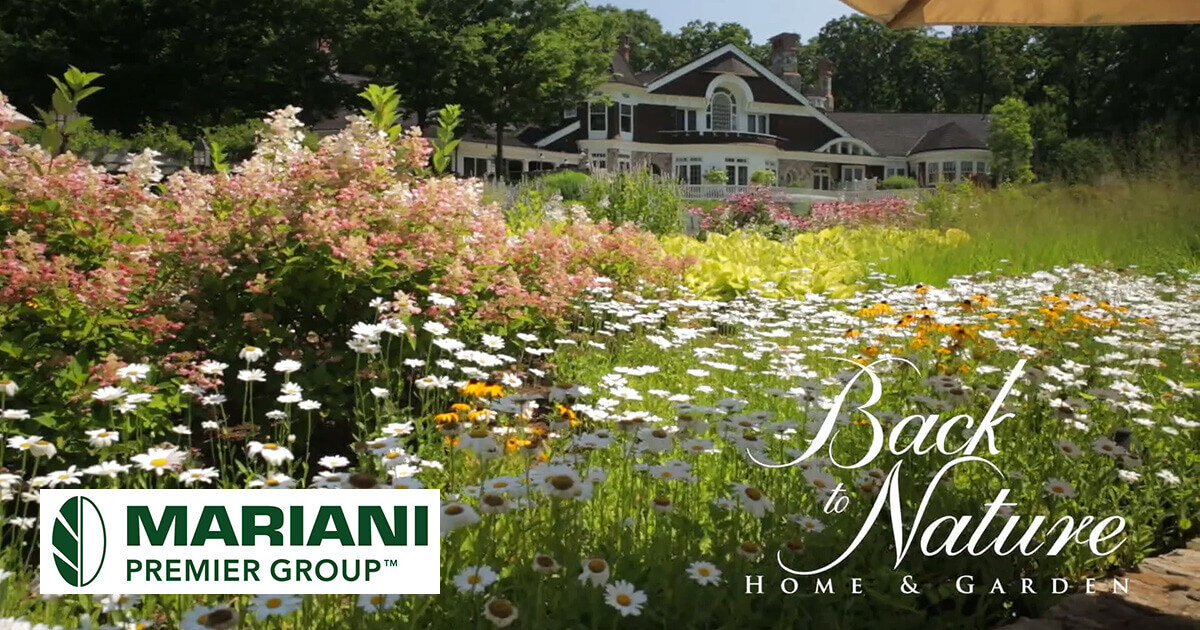The Evolution of Splendid Gardens
The Evolution of Splendid Gardens: Resilience, creativity and teamwork
Deborah Cole on Managing Shifts in the Business Model
The past two years (2020–2021) have created a lot of speed bumps in our planning and execution of any improvements or new processes. We have heard about the “Great Resignation” and may have even experienced it personally or amongst our staff. Individuals have re-evaluated not only their employment and professions, but have chosen to relocate their homes, their families and their businesses. We might even call this the “Great Life Re-examination.”
If you are not a part of the approximately 30% of Americans who have made major life and goal changes in the past 24 months, you may have at least examined the structure of your business or the markets where you focused. There are 3 common shifts to individual business models in the green industry. With each, the important thing is to consider what are the potential wins and the possible challenges as you move into other economic playgrounds.
1) Move from residential to commercial focus (or vice-versa). Is that one more angry home owner gotten on your last nerve because you didn’t deliver a project on the date scheduled or the crew arrived 15 minutes late/early? Things you might consider as you shift to a commercial customer base rather than residential? Residential profit margins are historically higher. Once you have a residential customer, they typically stay with you without bidding things out so turnover is lower. Commercial projects are larger, more involved requiring more resources. The margins are slimmer and frequently there are many more bidders on installs as well as maintenance.

There is value in assessing business models on a yearly basis to determine what opportunities there are for improvement for both business, staff, bottom line and sanity.
Deborah Cole is the founder of a commercial landscape firm with multiple locations throughout Texas. She now devotes herself full-time to speaking, writing, and consulting. deborahcoleconnections.com

The Evolution of Splendid Gardens: Resilience, creativity and teamwork

Lake Bluff, IL (December 12, 2024)—The Mariani Premier Group (MPG) announced today the addition of Back to Nature Home & Garden, an award winning...